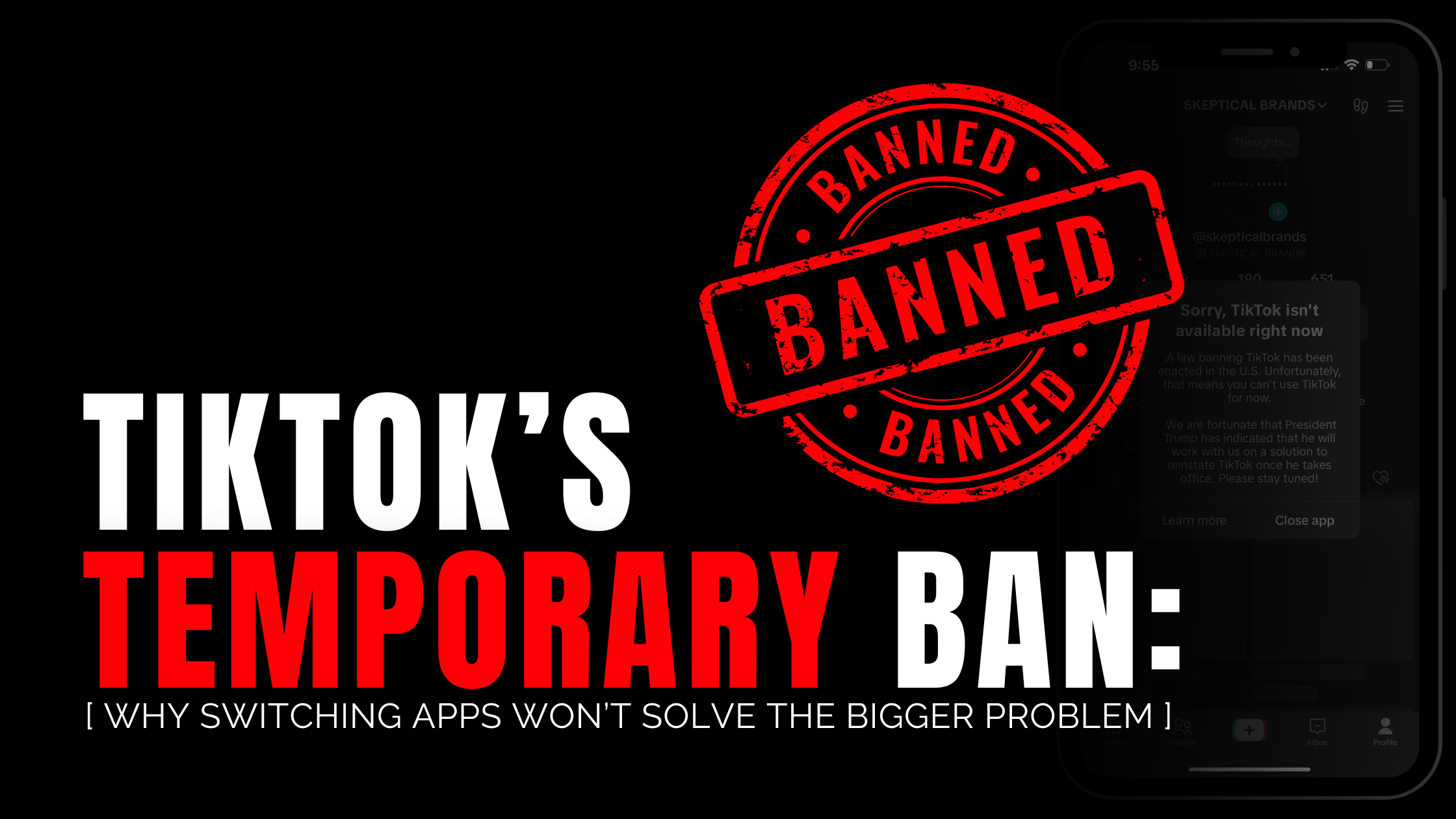Understanding Cryptocurrency: The Skeptical Approach
The cryptocurrency world is as fascinating as it is unpredictable. From innovative financial solutions to speculative assets, the digital currency landscape includes a wide variety of options that can either revolutionize industries or leave investors vulnerable to scams. Categories like stablecoins, meme coins, utility tokens, and governance tokens each bring unique opportunities and challenges.
In this guide, we’ll take a closer look at the broader cryptocurrency ecosystem, focusing on its potential, risks, and how to protect yourself from common pitfalls. Understanding cryptocurrency is crucial for making informed decisions and avoiding costly mistakes. It empowers individuals to navigate the digital currency world with confidence.
What Is Cryptocurrency?
Cryptocurrency is a digital or virtual form of money that uses cryptographic technology to secure transactions, control the creation of new units, and verify asset transfers. Unlike traditional currencies issued by governments, cryptocurrencies are typically decentralized, operating on blockchain networks that are transparent and immutable.
However, not all cryptocurrencies are created equal. Each type has unique purposes and risk factors that are important to understand before diving into the market. Understanding cryptocurrency categories can help you identify which ones align with your goals and risk tolerance.
Breaking Down Cryptocurrency Categories
Stablecoins: Anchors in a Volatile Market
Stablecoins are designed to provide stability by pegging their value to a reserve asset like fiat currency or commodities. Examples include Tether (USDT), USD Coin (USDC), and Binance USD (BUSD).
- Rewards: Price consistency, utility in decentralized finance (DeFi), and an efficient medium for remittances.
- Risks: Regulatory scrutiny, centralized control, and the risk of depegging (e.g., TerraUSD collapse).
Meme Coins: Hype-Driven and Speculative
Born out of internet culture, meme coins like Dogecoin (DOGE) and Shiba Inu (SHIB) thrive on community-driven hype. These tokens are typically low-cost and high-risk.
- Rewards: Community backing, potential for explosive gains, and appeal to new investors.
- Risks: Extreme volatility, lack of utility, and susceptibility to scams like rug pulls (e.g., the Trump meme coin controversy).
Utility Tokens: Functionality First
These tokens grant access to specific platforms or services. For instance, Ethereum (ETH) powers transactions on its blockchain, while Chainlink (LINK) facilitates smart contracts with real-world data.
- Rewards: Clear use cases and integration with innovative blockchain technologies.
- Risks: Dependence on the success of the underlying platform and potential technical vulnerabilities.
Governance Tokens: Power to the People
Governance tokens, such as Uniswap (UNI) or Aave (AAVE), allow holders to vote on the direction of decentralized projects.
- Rewards: Empowerment in decision-making and long-term investment potential.
- Risks: Complex governance processes and susceptibility to market manipulation.
Common Crypto Scams to Watch For
The growing popularity of cryptocurrency has attracted scammers looking to exploit investors. Here are the most common types of crypto scams:
- Rug Pulls: Developers abandon a project after attracting significant investments, leaving investors with worthless tokens.
- Phishing Attacks: Fraudsters trick users into revealing private keys or wallet details through fake websites or emails.
- Fake Initial Coin Offerings (ICOs): Scammers promote nonexistent coins to steal funds.
- Celebrity Endorsements: Beware of cryptocurrencies promoted by influencers or high-profile individuals, as these can often be pump-and-dump schemes.
- Fraudulent Investment Platforms: Scammers create fake websites where victims invest, seeing their accounts "grow" over time with promises of learning how to trade. Eventually, the site disappears, leaving investors with nothing.
Key Red Flags in Cryptocurrency
When evaluating a cryptocurrency or project, stay alert for these warning signs:
- Anonymous Teams: Legitimate projects are often backed by transparent, verifiable teams.
- Overhyped Promises: Claims of guaranteed returns or "risk-free" investments are classic red flags.
- Lack of Utility: Coins without clear use cases often rely on unsustainable hype.
- Missing Documentation: Legitimate projects provide detailed whitepapers, audits, and roadmaps.
The Future of Cryptocurrency
Understanding cryptocurrency trends is crucial as the market continues to evolve, with potential to reshape global finance and commerce. Categories like stablecoins might find greater acceptance as regulatory frameworks mature, while other niches like meme coins may remain speculative. Projects incorporating real-world applications, like utility or governance tokens, are likely to gain traction as blockchain technology advances.
However, the market’s future depends heavily on balancing innovation with investor protection.
How Skeptical Brands Helps You Stay Safe
At Skeptical Brands, we’re dedicated to helping you navigate the cryptocurrency market with confidence:
- Educate Yourself: Visit The Skeptical for in-depth articles and insights on scams and safety tips.
- Report Cybercrime: Use our anonymous reporting tool to share incidents and help others avoid scams.
- Follow Us on Social Media: Stay informed through real-time updates on X, TikTok, Instagram and Facebook (@skepticalbrands).
How to Protect Yourself in the Crypto Space
- Do Your Research: Investigate the team, technology, and purpose behind any cryptocurrency before investing.
- Avoid Emotional Decisions: Fear of missing out (FOMO) is a common trap in speculative markets.
- Diversify Investments: Spread your funds across various projects to minimize risk.
- Stay Skeptical: Question bold claims and flashy marketing, especially from anonymous teams.
- Use Secure Platforms: Trade only on reputable exchanges and store assets in trusted wallets.
In conclusion, understanding cryptocurrency offers exciting opportunities but requires caution, research, and vigilance. By understanding the risks and rewards of each category—whether stablecoins, meme coins, or others—you can navigate the digital landscape safely.
Stay aware, stay skeptical, stay safe with Skeptical Brands.




Leave a comment
All comments are moderated before being published.
This site is protected by hCaptcha and the hCaptcha Privacy Policy and Terms of Service apply.